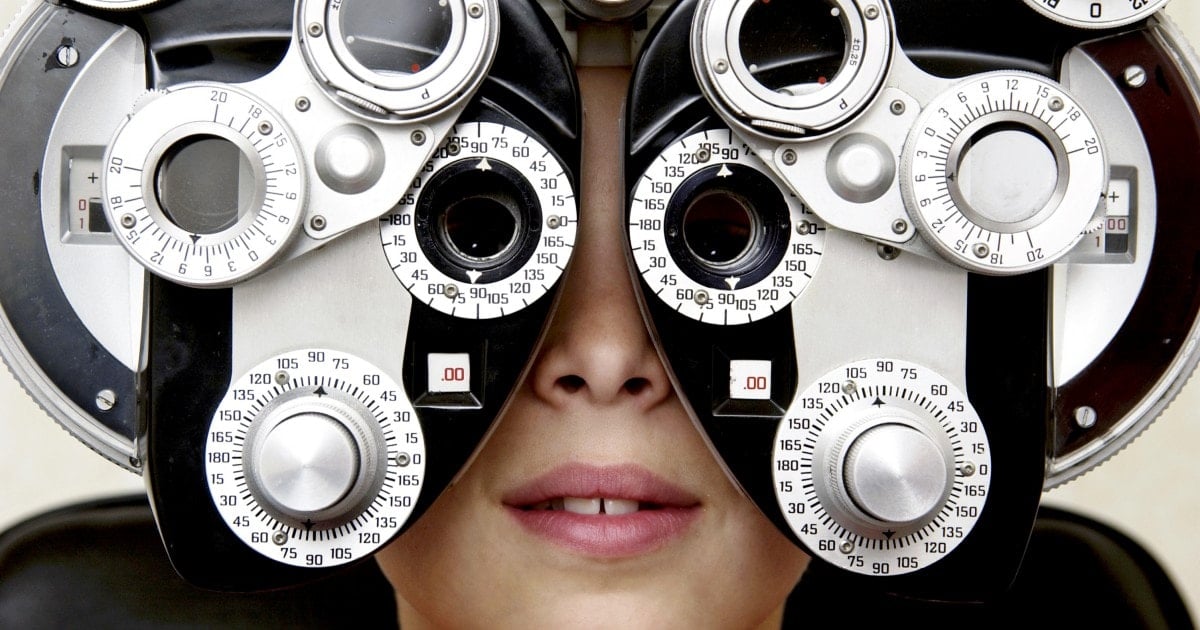Strategies For Living With Albinism
In the United States, about one in every twenty thousand individuals is affected by albinism. This inherited genetic condition affects the body by reducing the production of melanin, the substance that gives color to skin, eyes, and hair. The occurrence of albinism varies around the world. For example, in Tanzania, one in 1400 individuals have the condition.
The lack of skin pigmentation gives individuals with albinism a much lighter complexion than their siblings. It increases the risk of skin damage caused by ultraviolet rays, such as sunburn and skin cancer. The lack of pigmentation in the eyes leads to several vision problems, affecting both focus and sensitivity. Individuals with albinism have developed several strategies for living with this condition.
Wear Prescription Lenses

Albinism affects the normal development of the retina. There can also be irregular connections of the nerves between the eye and brain. These complications can lead to legal blindness or extreme near or farsightedness. Problems focusing can be corrected to some extent if patients wear prescription lenses. Those with albinism also have extreme light sensitivity. The reduced pigment in the iris allows more light to enter the eye. For this reason, patients may also be helped by wearing shaded lenses, especially when going outside. Another option is wearing colored prescription contact lenses. These lenses create an artificial iris that blocks out some of the extra light.
Get Regular Eye Exams

Many of the vision problems associated with albinism are congenital, meaning they cannot be corrected through normal means. Individuals with albinism may have trouble with depth perception. They may also develop rapid eye movements as their eyes try to compensate for reduced vision or focus issues. Many patients with this condition learn to function normally with reduced vision. However, individuals with albinism should get regular eye exams. Such exams can offer options for vision problems as well as catch new problems as they develop. It is important to take care of vision issues such as a decrease in sight can affect long-term employment prospects and daily activities such as driving.
Get An Annual Skin Assessment

The biggest concerns for patients with albinism are around skin protection and skin damage. Melanin offers some protection from the harmful effect of ultraviolet rays. Because the levels in those with albinism are so low, they are much more prone to skin damage. Due to this, individuals with the condition should get an annual skin assessment.
This is especially important since moles and lesions can be harder to spot in patients with albinism, being more pink than brown. A body scan at a dermatologist's office is a helpful tool. A camera scans the body each year, and the pictures are then compared using a computer that can identify small changes in the skin. This technique can discover new growths before they become more serious.
Always Use Sunscreen

Due to the heightened risk of sun damage to skin, patients with albinism should always use sunscreen. The lack of melanin's protective effects makes the skin more susceptible to sunburn, thus, these individuals should use a sunscreen with a high sun protection factor (SPF). The SPF rating lengthens the amount of time an individual can be in direct sun before burning. An SPF of twenty means an individual can be in sunlight twenty times the normal amount. For best results, sunscreen should be applied thirty minutes before direct sun exposure. Patients with albinism may have to reapply sunscreen several times to maintain adequate protection. It is especially important for these individuals to reapply sunscreen after heavy sweating or swimming.
Avoid Prolonged Sun Exposure

Patients with albinism may choose to avoid prolonged sun exposure altogether. They are at a much higher risk for skin cancer than other individuals. The worst exposure to ultraviolet rays happens between 10 a.m. and 2 p.m., when the sun is directly overhead. Outdoor activities are best scheduled before and after these times. Many patients with albinism wear long-sleeved clothing and hats with a brim for increased protection. These individuals may want to plan ahead for community activities with friends and family. For example, if invited to a picnic at a park, they will want to find sources of shade such as covered picnic areas or underneath large trees.
